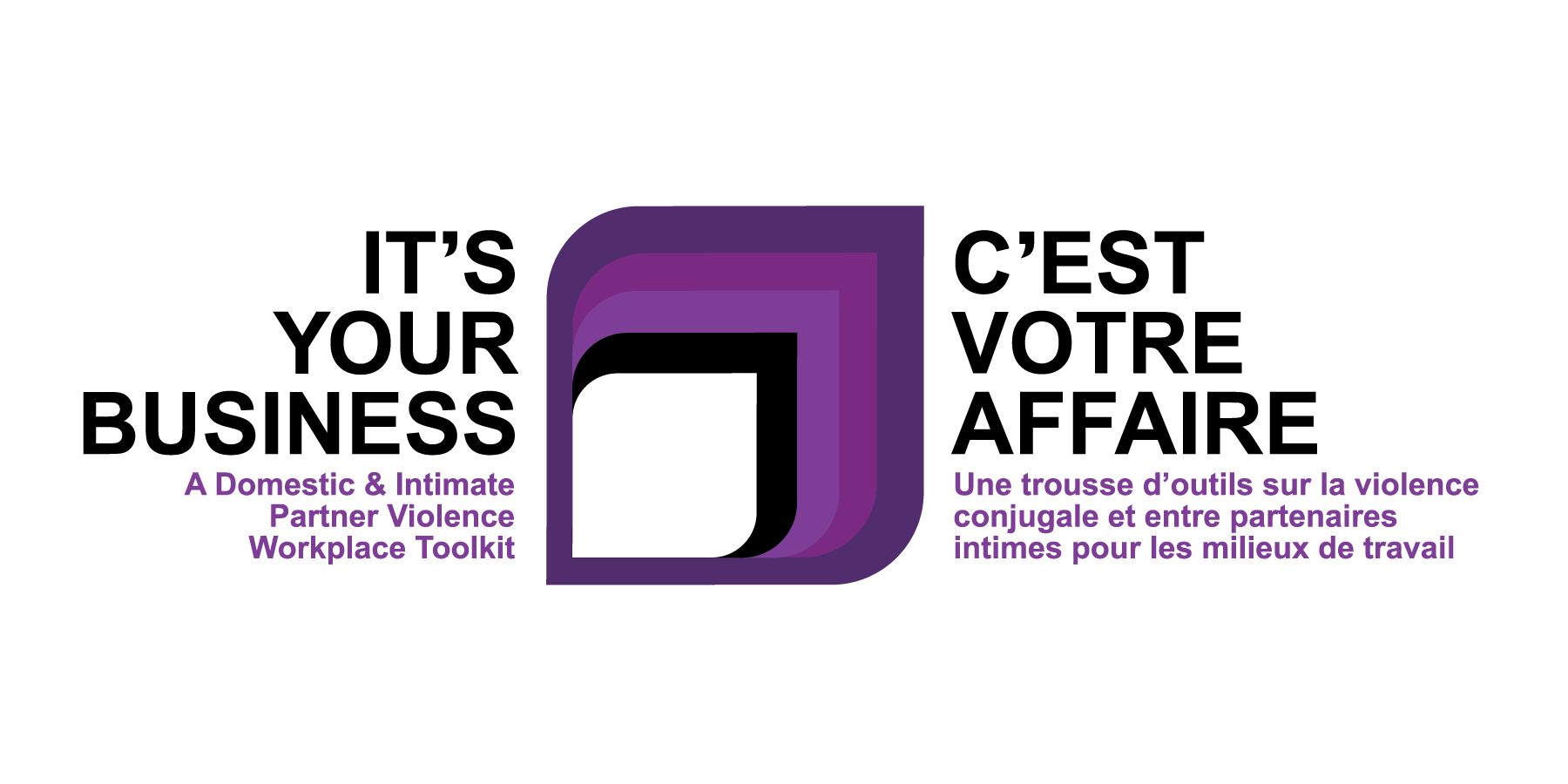
Domestic violence, or intimate partner violence, takes many forms such as physical, verbal, emotional, psychological, sexual, financial and spiritual abuse. It does not discriminate: it can occur in all relationship types (e.g. current or former married, common-law or dating partner), in gender-diverse relationships and at all ages, across all ethnicities, income levels, etc. Victims may be subjected to isolation, harassment, humiliation, intimidation, threats, physical and sexual violence, and emotional manipulation or blackmail. See the lists below for further indicators of abuse.
Coercive Control is a pattern of abusive behaviours such as hurting, threatening, monitoring, exploiting, gaslighting, isolating, humiliating, intimidating and dominating another person. Some of these behaviours can be very subtle. They can make a person fear being physically harmed even if there is no physical violence – and can also lead to physical violence, including homicide. Coercive control negatively affects a victim’s self-esteem, mental health, and ability to function and perform daily activities (e.g. get up, eat, perform chores, go to work, care for children, make decisions, etc.). An individual who is subjected to coercive control may be dependent, scared or isolated.
VICTIMS/SURVIVORS OF ABUSE
Red flags – signs that a person is being abused:
- Appears sad, lonely, withdrawn or afraid
- Increased anxiety, stress
- Seems defensive and angry
- Low self-esteem, low confidence, avoids interaction/withdraws
- Physical symptoms (e.g. headaches, nervousness, ulcers)
- Humiliated or ashamed
- Feels trapped in their relationship
- Appears isolated; has no friends or family they rely on for support
- Has no access to a personal phone
- Has increased use of drugs or alcohol (coping mechanism)
- May be apologetic, blame self or make excuses for the abusive behaviour of their partner
- Is nervous about talking when partner is there
- “Walks on eggshells”
- Tries to cover up bruises (e.g. turtle neck or long sleeves on a hot summer day or change in the use of makeup)
- Inattention, distraction, increased fatigue
All of the above indicators may be witnessed in any social circumstance, including within the context of a workplace. The following might be additional indicators specific to the workplace:
- Seems sick more often, comes in late, misses work
- Inattention, “presenteeism”
- Fluctuation in quality of work for no apparent reason
- Reluctant to provide emergency contact information
- Sudden reluctance to participate in social activities outside of work or group settings
- Receiving constant texts, calls, or e-mails from their partner throughout the day, distracting them from their work
- Upset when receives gift or flowers at work
- Upset as a result of unexpected/disruptive visit from partner at work
- Seems afraid of spouse when being picked up at the end of the day
- Mistrusts other staff because they are speaking to their abusive partner
- Fears losing job because of partner (e.g. partner making them late, preventing them from getting to work, distracting them by texting/calling repeatedly)
Note: while each of these indicators on their own is not proof that someone is being abused, the presence of several of these factors may indicate something is wrong, including, potentially, being in an abusive relationship. You may want to check in on that person regardless of what you think might be happening.
ABUSIVE PARTNERS
Red flags – signs that a person is abusing their partner:
- Verbal abuse, puts partner down, acts superior, humiliates partner (in private or in public)
- Does all the talking and dominates the conversation when their partner is present
- Has traditional beliefs about gender roles – e.g. men are the breadwinners and women stay home, raise the children, etc.
- Is extremely jealous, possessive and suspicious of partner – may accuse them of cheating
- Tries to keep partner away from family and friends, even through subtle behaviours or suggestions (could be disguised as jealousy, wanting to spend all their time together)
- Forces or coerces their partner to have sex
- Controls or manipulates partner’s daily activities, e.g. how often their partner can see people, whether/how they work or go to school, what they wear, what they eat, etc.
- Controls the finances – whether by dictating what is spent and how or by putting all debt in partner’s name and not contributing to bills, etc.
- Minimizes their own violent or controlling behaviour – claims to be the victim or that they have to keep their partner in check
- Blames their victimized partner for everything, including their own anger
- Talks of suicide if partner were to leave or says, “If I can’t have you, no one else can”
- Threatens to harm partner, children, pets or destroy property
- Has a history of abusing animals or other people
All of the above indicators may be witnessed in any social circumstance, including within the context of a workplace. The following might be additional indicators specific to the workplace – whether you work with the abusive partner or the person being abused. For example, if an abuser:
- Sabotages their partner’s ability to get to work/training
- Is jealous of others in their partner’s workplace
- Checks up on partner all the time at work – calls, texts, shows up unannounced, asks reception if they’re in today, etc.
- Attempts to insert themselves at their partner’s workplace – hangs around, tries to become friends with their colleagues, participates in staff-only functions of their partner’s workplace
- Acts annoyed if partner is unavailable
- Criticizes or puts down their partner to sway you in their favour
- Exhibits bullying or aggressive behaviour at work
- Spends time monitoring their partner (calling, emailing, texting or leave work to check up on their partner) – exhibiting an inappropriate use of work time and assets
- Talks negatively about their partner or seeks validation that their actions are justifiable (e.g. “Wouldn’t you be mad if your partner [came home late]?”), etc.
As a co-worker of an abusive person, you might also witness or hear abusive behaviour in your workplace.
RISK FACTORS FOR HIGH RISK OF DOMESTIC HOMICIDE INCLUDE, BUT ARE NOT LIMITED TO:
- History of domestic violence within the couple
- The presence of “coercive control” in the relationship* – the abusive partner controls all their partners’ activities, whether through influence, coercion or force
- Increase in frequency and/or severity of the violence/abuse
- Obsessive behaviours on the part of the abuser, such as stalking the victim
- Victim has just left or is planning to leave the relationship
- Abusive partner:
- threatened to kill the victim and/or their children, other family members
- has strangled or “choked” the victim
- has physically forced their partner to have sex
- is depressed and/or has had suicidal ideations
- owns a gun
- loses job, or goes through other major life changes such as separation, depression, custody battle, etc.
- exhibits substance abuse (e.g. daily drinking, use of hard drugs)
- physically abused their pregnant partner (knowing she was pregnant)
- is violently/aggressively jealous of their partner (“If I can’t have you, no one can”)
- is violent toward victim’s children
- has been arrested for domestic violence
If you think you have witnessed any of these behaviours and want to help someone who is being abused, consider providing them with a list of available Domestic Violence Support Services in New Brunswick (www.gnb.ca/supportservices). To assist someone you think is being abusive toward their partner in finding help, visit Resources for abusive partners on the Love Shouldn’t Hurt campaign.
